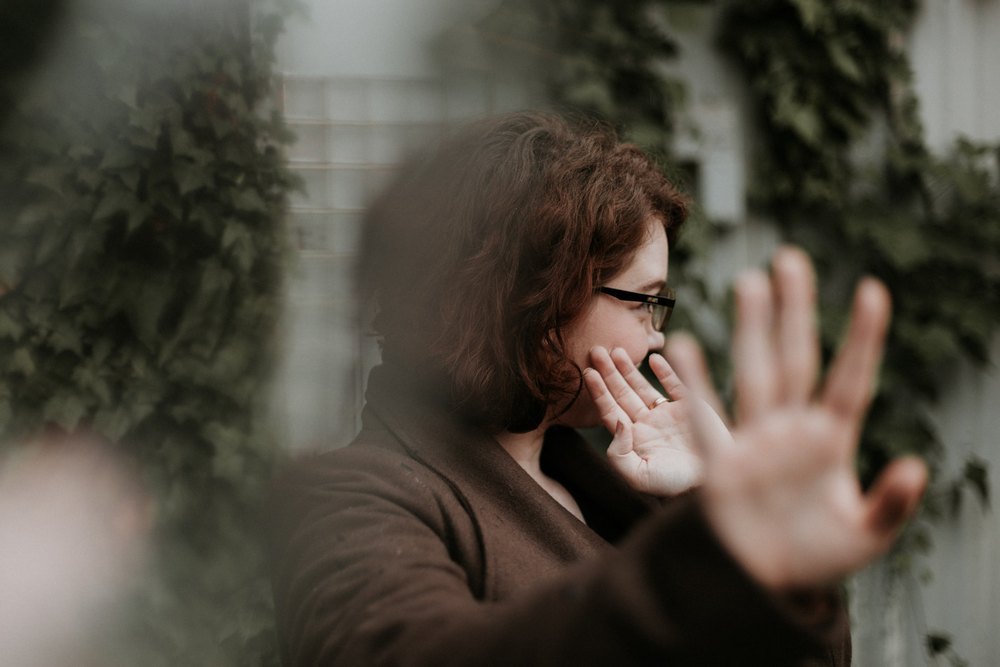Cringe and kitsch are two concepts that have become increasingly prevalent in today’s society. From social media posts to pop culture phenomena, these terms have taken on a life of their own. But what exactly do they mean? And why do we feel the way we do when we encounter them?
In this article, we will explore the world of cringe and kitsch, from their definitions to their historical roots. We will delve into the psychology behind why we feel uncomfortable when faced with cringe-worthy moments and examine the ways in which these concepts have evolved over time. We will also discuss the fine line between cringe and humor and explore whether or not these concepts can be considered art.
Join us as we take a deep dive into the world of cringe and kitsch and explore the ways in which they have impacted our culture and society.
What is the definition of cringe and kitsch?
Cringe and kitsch are two concepts that have become increasingly prevalent in modern culture. While they may seem similar, they have distinct definitions.
Cringe can be described as a feeling of discomfort or second-hand embarrassment brought on by witnessing someone else’s awkward or embarrassing behavior. This can be anything from an embarrassing social situation to an uncomfortable moment captured on camera.
Kitsch, on the other hand, refers to a style of art or design that is considered to be of poor taste or quality, often characterized by its sentimental or tacky nature. Kitschy items may include over-the-top decorations, cheesy souvenirs, or mass-produced trinkets.
While cringe and kitsch may seem like unrelated concepts, they do share some commonalities. Both can elicit strong emotional responses from viewers, often invoking feelings of discomfort, humor, or nostalgia.
In the next sections, we will explore the history of cringe and kitsch, as well as examine their impact on society and popular culture.
How have cringe and kitsch impacted society and popular culture?
Cringe and kitsch have become significant cultural touchstones in recent years, influencing everything from art to pop culture.
In the art world, kitsch has been a subject of debate for decades. Some consider it to be a form of low-brow art that is unworthy of recognition, while others argue that it has its own unique charm and value. Kitschy art and design can be found in everything from advertising to architecture, and its influence can be seen in the works of artists like Jeff Koons and Takashi Murakami.
In popular culture, cringe has become a common trope in television, movies, and online media. Reality TV shows like “Jersey Shore” and “The Bachelor” often feature cringe-worthy moments, while viral videos and social media posts have made cringe a ubiquitous part of online culture.
Cringe and kitsch have also played a significant role in the world of music. The 1980s were a heyday for kitschy music, with bands like Wham! and Culture Club embracing over-the-top visuals and catchy, poppy tunes. More recently, the rise of “cringe pop” has seen artists like Rebecca Black and The Chainsmokers criticized for their cheesy, formulaic music.
Despite the criticism that cringe and kitsch can sometimes face, they have become an enduring part of our cultural landscape. From the fashion choices we make to the media we consume, these concepts continue to shape our perceptions of art, design, and entertainment.
Why do we feel uncomfortable when faced with cringe-worthy situations?
Cringe can elicit a range of emotional responses, from second-hand embarrassment to humor. But why do we feel the way we do when confronted with cringe-worthy situations?
One theory is that cringe is a form of empathy. When we see someone else in an awkward or uncomfortable situation, we feel their pain on some level, even if we don’t know them personally. This is why we might look away or try to avoid cringe-inducing moments – we don’t want to feel the discomfort that the other person is experiencing.
Another factor that may contribute to our cringe reactions is a desire for social acceptance. We all want to fit in and be liked by others, and seeing someone else embarrass themselves can trigger feelings of social anxiety or insecurity. We may worry that we could be the next person to experience a cringe-worthy moment, and this can make us feel uncomfortable or uneasy.
Cringe can also be a result of our own personal experiences. We may have memories of our own embarrassing moments that come flooding back when we witness someone else in a similar situation. This can make us feel empathetic towards the other person, but it can also make us feel uncomfortable or even ashamed.
Despite the discomfort that cringe can bring, it is a normal and natural reaction. It is a reminder of our own humanity and our connection to others, and it can help us to develop a sense of empathy and understanding for those around us.
What is the history of kitsch, and how has it evolved over time?
Kitsch has a long and complex history, with roots dating back to the early 20th century. Originally used to describe cheap, mass-produced items that were meant to imitate more expensive goods, kitsch quickly became associated with a particular style of art and design.
One of the earliest examples of kitsch can be traced back to the 1920s and 1930s, when it was popularized in Germany as a reaction against the seriousness of the avant-garde movement. Kitschy art and design was meant to be light-hearted and accessible, often featuring sentimental or romantic themes.
Kitsch continued to evolve throughout the 20th century, becoming a prominent feature of post-war culture in the United States. The rise of consumerism and mass production made kitschy items more widely available than ever before, and they became a popular way for people to express their individuality and sense of style.
In the 1960s and 1970s, kitsch took on a more ironic tone, with artists and designers intentionally creating works that were tacky or in poor taste. This movement, known as “Camp,” celebrated the exaggerated and over-the-top, and paved the way for a new generation of kitschy art and design.
Today, kitsch continues to be a popular style, with its influence visible in everything from fashion to home decor. While it has often been dismissed as low-brow or tacky, many now view it as a legitimate form of art and design, capable of evoking powerful emotional responses and bringing joy to those who appreciate it.
From its humble beginnings as a way to imitate luxury goods to its current status as a beloved cultural touchstone, the history of kitsch is a fascinating journey through the evolution of art and design.
How has social media changed the concept of cringe, and what impact has it had on our culture?
Social media has had a profound impact on the way we experience and interact with cringe-worthy moments. Platforms like Facebook, Twitter, and TikTok have made it easier than ever before to share embarrassing or awkward content with a wide audience, often with unintended consequences.
One of the biggest ways in which social media has changed the concept of cringe is by normalizing it. With so much content available at our fingertips, we have become desensitized to cringe-worthy moments, and what once might have been considered shocking or embarrassing is now seen as just another part of the online experience.
At the same time, social media has also made it easier for us to feel a sense of community around cringe. We can share our reactions and responses with others, making jokes and memes out of uncomfortable moments and forming a shared understanding of what it means to feel cringe.
Social media has also blurred the lines between private and public spheres, making it easier for embarrassing moments to go viral and become part of the cultural conversation. This can have both positive and negative consequences, as individuals are able to raise awareness for important issues or bring attention to social injustices, but also run the risk of being publicly shamed or ridiculed.
Overall, the evolution of cringe in the age of social media has been complex and multifaceted. While it has allowed us to connect with others around shared experiences and emotions, it has also raised questions about privacy, consent, and the power of social media to shape our perceptions of ourselves and others.









